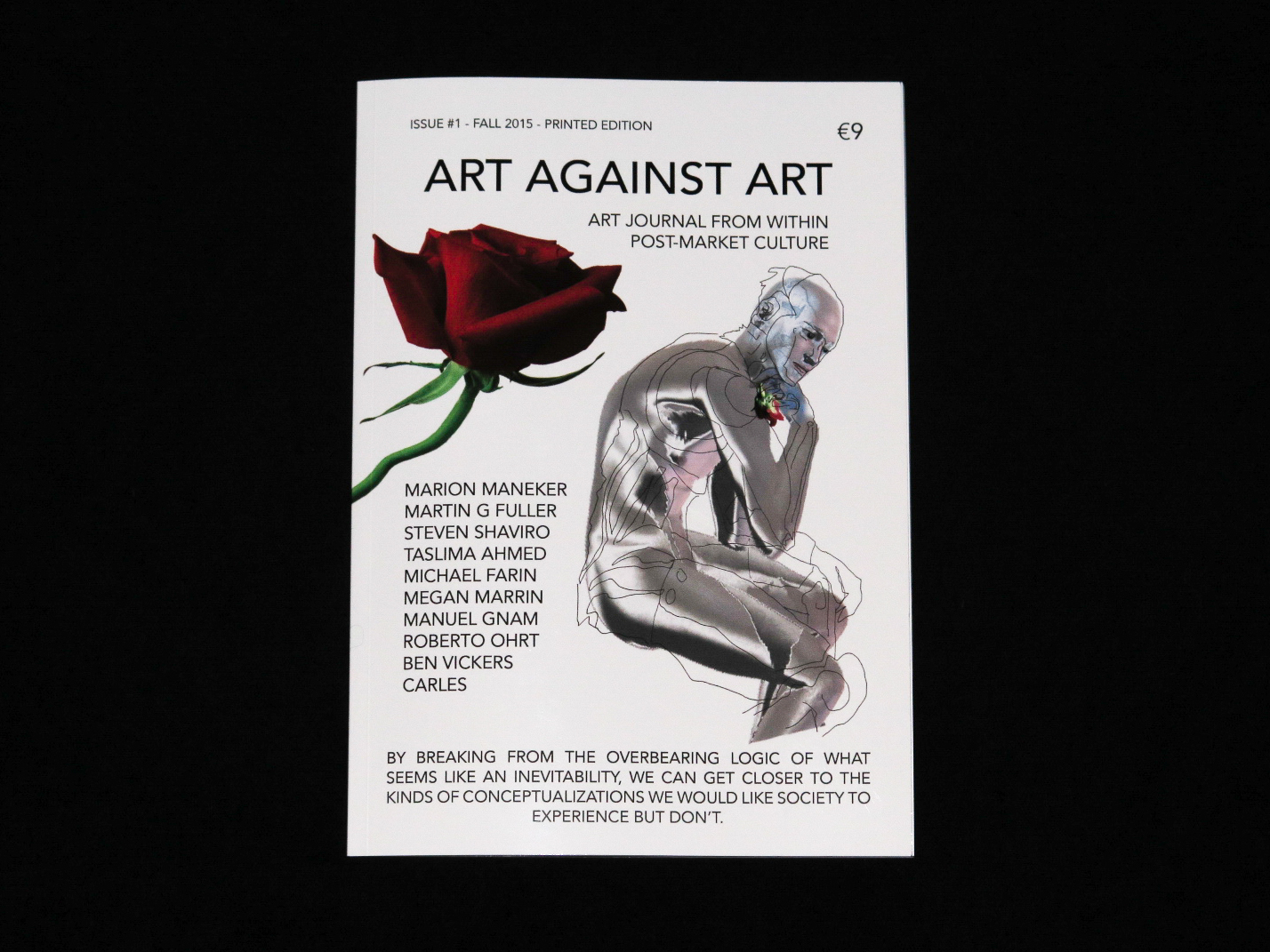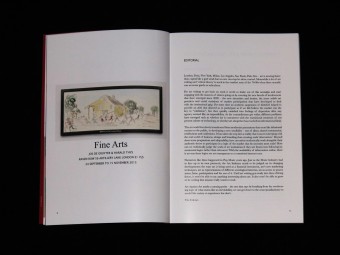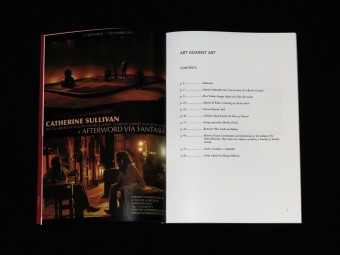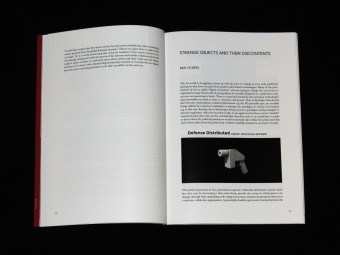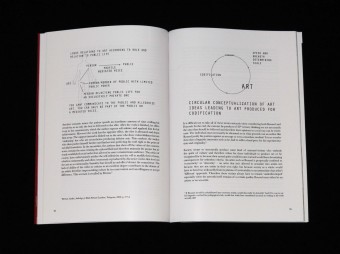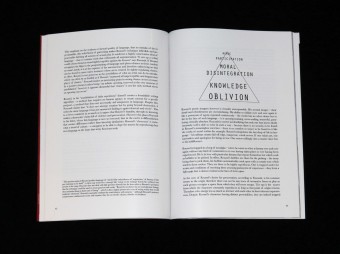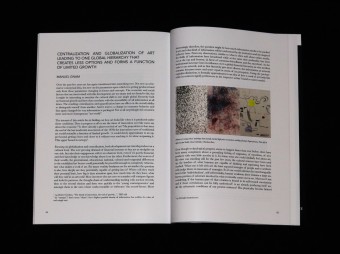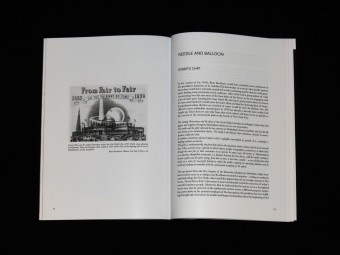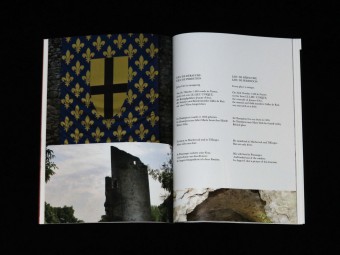ART AGAINST ART – Taslima Ahmed and Manuel Gnam (eds.)
Posted in politics, Theory on January 11th, 2016 by adminLondon, Paris, New York, Milan, Los Angeles, Sao Paulo, Palo Alto – art is moving faster than capital like a god wind that no-one can stop let alone control. Meanwhile a lot of art writing and ‘critical theory’ is stuck in the comfort zone of the 70-90s when there actually was an avant garde or subculture. For art writing to get back on track it needs to shake out of this nostalgia and start engaging with the nuances of what is going on by covering the new breeds of involvement that have emerged since 2009 – the new sincerities and ironies, the more subtle art practices and social variations of market participation that have developed to deal with the institutional grip. For some time an aesthetic suspension of disbelief helped to provide an alibi that allowed us to participate as if we did believe the market was the key to “validation”, but then quickly vanished into feelings of depression after any agency seemed like an impossibility. As the contradictions got wider, different problems have emerged such as whether art is concurrent with the transitional moments of our present culture or technology, or whether art altogether has reached its informational limit. The art world has slowly transitioned from modernist pretensions that seem like delusional excuses to the public, to developing a new sensibility – one of silent, shared communion, retributions and confessions. It has taken the step into a reality that is more in keeping with the real world of business, design and branding than creating stark ‘alternatives’. Beyond short-term pragmatism and adaptability, how can artists aesthetically work alongside their authentic desire to participate in a logic of the market that by necessity must scale? How can we realistically judge the work of art institutions if they are frozen into following instrumental logics rather than relevance? With the availability of information online, there is no way these logics are not transparent to a committed internet user. Narratives like these happened in Pop Music years ago. Just as the Music Industry had to face up to its own protocols, the Art Industry needs to be judged on its changing developments; the ways art is being used as a financial instrument, art’s new marketing techniques, art as representation of different sociological interests, art as access to power, status, fame, participation and the rest of it. Until art writing gets really into these driving forces, it won’t be able to say anything interesting about art. It also won’t be able to grow or be writing that anyone really wants to read. Art Against Art marks a turning point – the one that says by breaking from the overbearing logic of what seems like an inevitability, we can get closer to the conceptualizations we would like society to experience but don’t. The Editors
9€
Deprecated: link_pages is deprecated since version 2.1.0! Use wp_link_pages() instead. in /home/clients/04badc5f584cd5c2e11ec172df35785c/web/site/wp-includes/functions.php on line 5326

